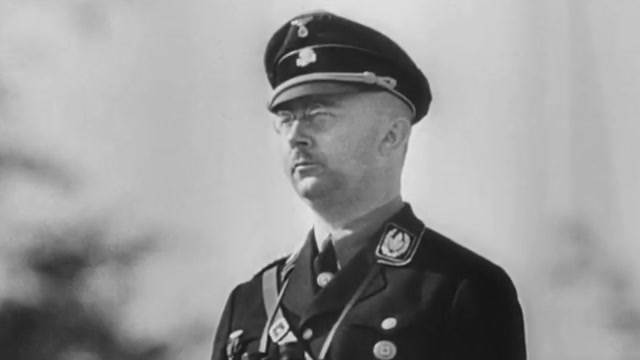
When envisioning the symbols of Nazi Germany, one often pictures the notorious black uniforms and red swastika armbands of the SS. Among these, the black steel helmets, reminiscent of the distinctive German coal scuttle shape, are particularly striking. These helmets, however, were primarily reserved for pre-war parades and differed significantly from the combat helmets used during World War II. The combat helmets of the era included the M35, M40, and M42 models, each evolving to balance production efficiency with battlefield needs.

The black SS helmets, distinct from the combat versions, were transitional designs influenced by the World War I Stahlhelm. Following the Treaty of Versailles, the Weimar Republic's small army had to make do with leftover World War I M16 and M18 helmets due to strict restrictions imposed by the Allies. The SS, initially formed in 1923 as a protective unit for Hitler, grew into a powerful force under Heinrich Himmler by 1932, adopting a distinctive black uniform to enhance its intimidating presence.
The article is not finished. Click on the next page to continue.
The article is not finished. Click on the next page to continue.
Next page


















